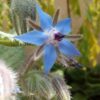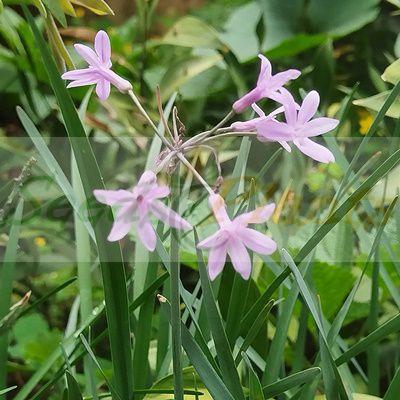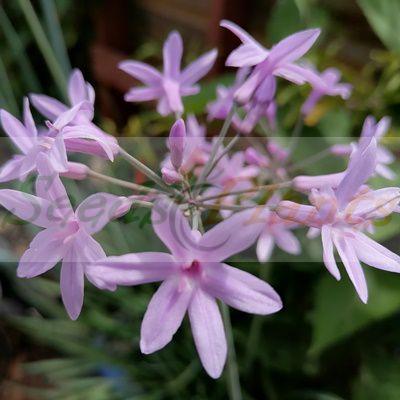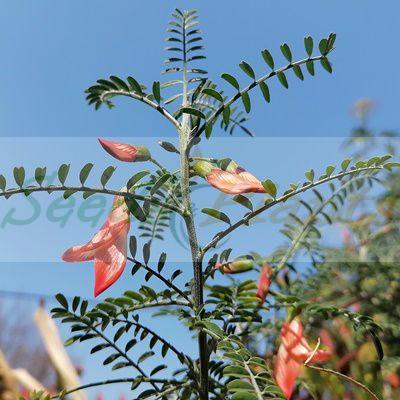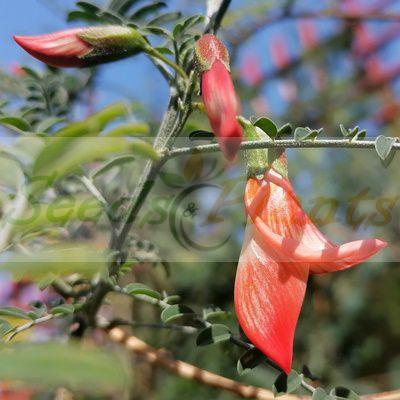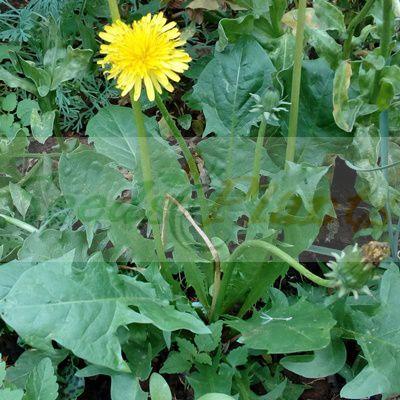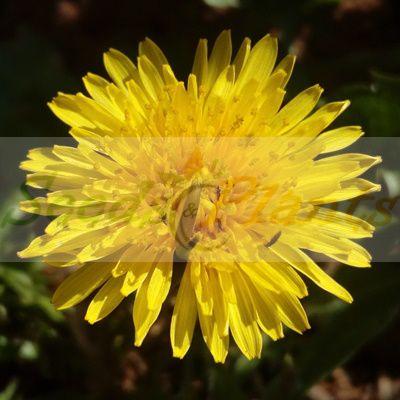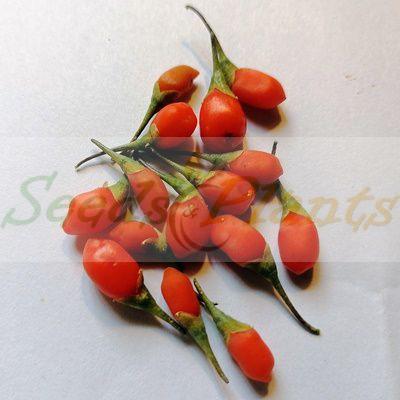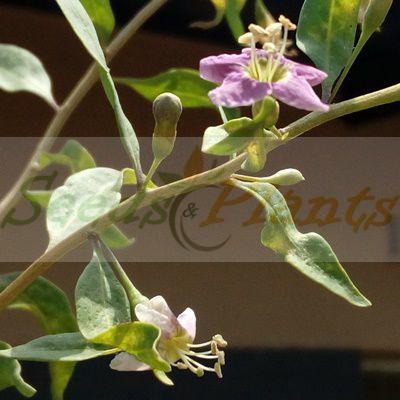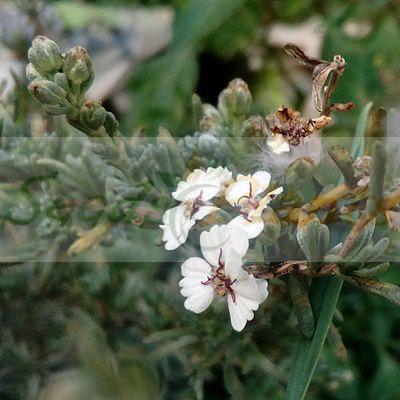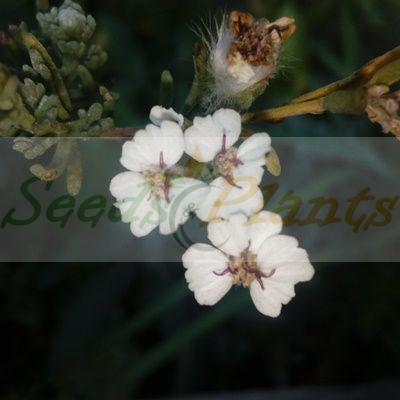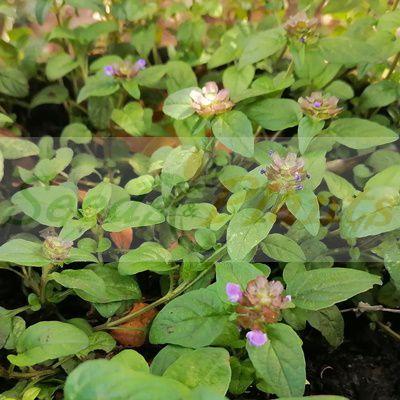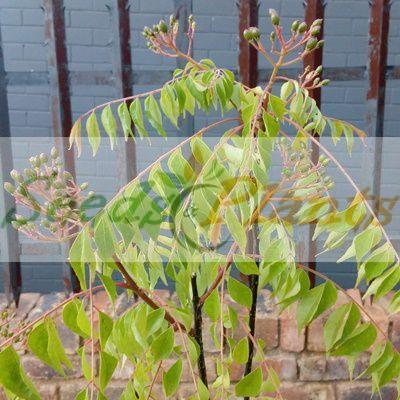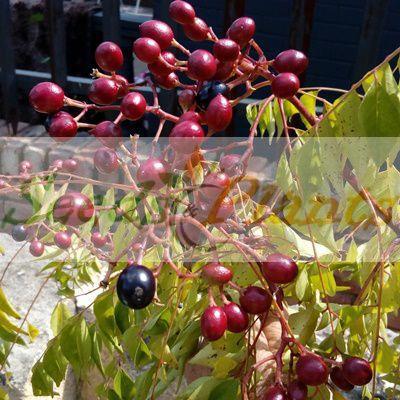🌿 Herbal Quick Facts
Medicinal Info
- 🌍 Origin / Region: North Africa, Western Europe
- 🌿 Medicinal Part: Flower, Leaf
- 🍵 Herbal Preparation: Essential Oil, Extract / Tincture, Infusion / Tea, Inhalation, Ointments/Creams, Poultice
- ⚕️ Healing System: European Traditional Medicine
Culinary Info
- 🍽️ Culinary Use: Beverages/Teas, Flavoring, Garnish, Oils / Vinegars
- 🥗 Edible Part: Flower, Leaf
- 😋 Flavor Profile: Fruity, Mildly bitter, Sweet
Growth Traits
- 🌱 Life Cycle: Perennial
- 🌾 Plant Type: Creeper, Groundcover, Herbaceous Perennial
- 🦋 Pollinator Method: Attracts Bees, Attracts Beetles, Attracts Butterflies, Attracts Hoverflies, Attracts Ladybirds, Attracts Wasps
- 🪴 Growth Habit: Low-Growing, Mat-Forming, Spreading
- 🌸 Flower Color: White
Growing Requirements
- 🌞 Sun Exposure: Full Sun, Partial Shade
- 💧 Water Needs: Avoid Overwatering, Moderate Water
- ☀️ Growing Conditions: Drought Tolerant, Frost Sensitive, Moderate Heat Tolerance
- 🟤 Soil Preference: Light, Poor Soil Tolerant, Tolerant of most soils, Well-Drained
Roman Chamomile – Approx 100 Seeds
(Chamaemelum nobile)
R30.00
Flower heads may be dried to make chamomile tea, a soothing herbal tea that has been a significant folk medicine remedy for a variety of ailments.
Common Names: Roman chamomile, English chamomile, garden chamomile, ground apple, low chamomile, mother’s daisy and whig plant.
Indoor Sowing: Late winter and Early Spring.
Direct Sowing: Late Spring and Early Summer.
In stock
🌿 Herbal Quick Facts
Medicinal Info
- 🌍 Origin / Region: North Africa, Western Europe
- 🌿 Medicinal Part: Flower, Leaf
- 🍵 Herbal Preparation: Essential Oil, Extract / Tincture, Infusion / Tea, Inhalation, Ointments/Creams, Poultice
- ⚕️ Healing System: European Traditional Medicine
Culinary Info
- 🍽️ Culinary Use: Beverages/Teas, Flavoring, Garnish, Oils / Vinegars
- 🥗 Edible Part: Flower, Leaf
- 😋 Flavor Profile: Fruity, Mildly bitter, Sweet
Growth Traits
- 🌱 Life Cycle: Perennial
- 🌾 Plant Type: Creeper, Groundcover, Herbaceous Perennial
- 🦋 Pollinator Method: Attracts Bees, Attracts Beetles, Attracts Butterflies, Attracts Hoverflies, Attracts Ladybirds, Attracts Wasps
- 🪴 Growth Habit: Low-Growing, Mat-Forming, Spreading
- 🌸 Flower Color: White
Growing Requirements
- 🌞 Sun Exposure: Full Sun, Partial Shade
- 💧 Water Needs: Avoid Overwatering, Moderate Water
- ☀️ Growing Conditions: Drought Tolerant, Frost Sensitive, Moderate Heat Tolerance
- 🟤 Soil Preference: Light, Poor Soil Tolerant, Tolerant of most soils, Well-Drained
Roman Chamomile (Chamaemelum nobile) is also known as English chamomile. It has small daisy like flowers with yellow centers and white petals. The leaves are feathery. It is is a low growing carpeting hardy perennial plant that grows about 10 – 30 cm tall.
Roman Chamomile Uses
Both the flowers and the leaves of the Roman chamomile plant can be harvested for various uses. The aromatic flowers are edible. The flowers and leaves together may be used in potpourri.
Roman Chamomile Medicinal Benefits
Flower heads may be dried to make chamomile tea, a soothing herbal tea that has been a significant folk medicine remedy for a variety of ailments including headache, colds, flu, stomach disorders and gastrointestinal disorders.
How to grow Roman Chamomile:
Indoor Sowing: Late winter and Early Spring.
Direct Sowing: Late Spring and Early Summer.
- Sprinkle the seeds across the top of the soil and cover very lightly with soil.
- The seeds need light to germinate.
- Water thoroughly until the soil is moist.
- Seeds need plenty of water to germinate, so mist the area daily.
- You need to be patient with chamomile because it takes 14-21 days to germinate.
- It prefers not too rich, organic soil.
- It does best with neutral pH (between 5.6 and 7.5).
- Regular water will keep the plants in bloom longer, but chamomile plants are very drought tolerant, once established.
- In extremely hot climates, chamomile will appreciate being kept watered and getting some afternoon shade.
Can this plant be used for culinary purposes?
Roman Chamomile is traditionally used for culinary purposes such as beverages/teas and flavoring.
Does this plant have medicinal uses?
Traditionally, Roman Chamomile has a history of use in European Traditional Medicine. Seeds are sold for cultivation purposes only.
Disclaimer
Medicinal Information:
All medicinal information on this website is for educational and informational purposes only and may not be construed as medical advice. The information is not intended to replace medical advice or treatment offered by healthcare professionals.
Seeds, Plants, Plant Cuttings, Geophytes and Dried Herbs:
In some countries and provinces, certain plants are deemed as invasive and are not allowed to be planted at all, whilst some plants are allowed to be grown only in certain areas or provinces. The onus is on you as the buyer to familiarize yourself with the regulations pertaining to your location, before purchasing any of our seeds, plants, plant cuttings, geophytes or dried herbs. We will not be held liable, should you purchase any seeds, plants, plant cuttings, geophytes or dried herbs. from us which are prohibited in your country or province.

